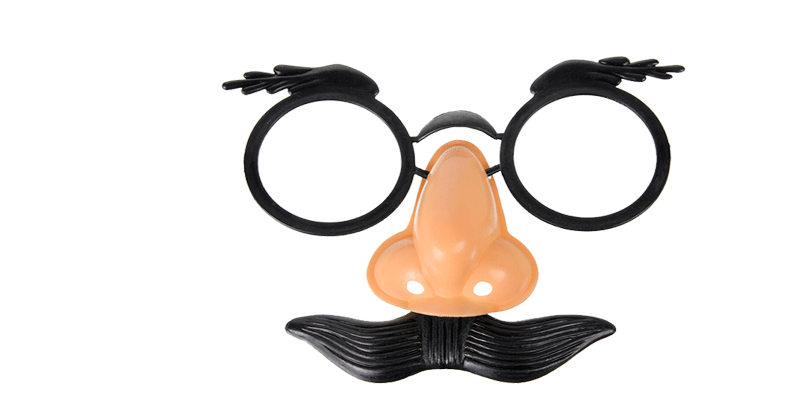Here are some links to the ultimate in misinformation about monosodium glutamate, glutamate, and umami. Be sure to take note of what organizations are publishing these pages.
MSG (Monosodium Glutamate)
U.S. Food and Drug Administration (FDA): “Questions and Answers on MSG”
https://www.fda.gov/food/food-additives-petitions/questions-and-answers-monosodium-glutamate-msg
National Institutes of Health: “The Safety Evaluation of Monosodium Glutamate”
https://pubmed.ncbi.nlm.nih.gov/10736380
NOTE: This article is in no way related to the National Institutes of Health. It was written by two glutamate-industry agents.
European Food Information Council: “Facts on MSG”
https://www.eufic.org/en/food-today/article/the-facts-on-monosodium-glutamate
International Food Information Council (IFIC): “Monosodium Glutamate (MSG): From A to Umami”
https://foodinsight.org/monosodium-glutamate-msg-from-a-to-umami
IFIC: “Glutamate and Monosodium Glutamate: Examining the Myths”
https://foodinsight.org/2017-food-and-health-survey-a-healthy-perspective-understanding-american-food-values-2
NOTE: The title of the article does not correspond to the link given. MSGdish has given us a bad link.
MSGfacts.com
https://msgfacts.com
MSGdish YouTube Channel
https://www.youtube.com/c/MSGdishes
MSGdish.com Vlogs
https://msgdish.com/category/videos/
8 Tips for Using MSG in Cooking and in Recipes
https://msgdish.com/msgincookingandrecipes/
Glutamate
International Glutamate Information Service (IGIS)
https://glutamate.org
Glutamate.com and the “MSG Reaction Challenge”
https://glutamate.com
Umami
Umami Information Center (UIC)
https://www.umamiinfo.com/
Wikipedia on Umami
https://en.wikipedia.org/wiki/Umami
International Food Information Council (IFIC): “The Fifth Taste: Discovering Umami”
https://foodinsight.org/2017-food-and-health-survey-a-healthy-perspective-understanding-american-food-values-2
NOTE: MSGdish has given us another bad link.
Segment on The Today Show about Umami
https://www.today.com/food/recipes-fifth-taste-umami-1D80356635
MSGinfo.com: “Umami – The 5th Taste”
http://www.msginfo.com/about_taste_umami.asp
Chefs Explain Umami, That Fifth Taste We Can’t Get Enough Of
https://msgdish.com/chefs-explain-umami-taste/
If you have questions or comments, we’d love to hear from you. If you have hints for others on how to avoid exposure to MfG, send them along, too, and we’ll put them up on Facebook. Or you can reach us at questionsaboutmsg@gmail.com and follow us on Twitter @truthlabeling.











